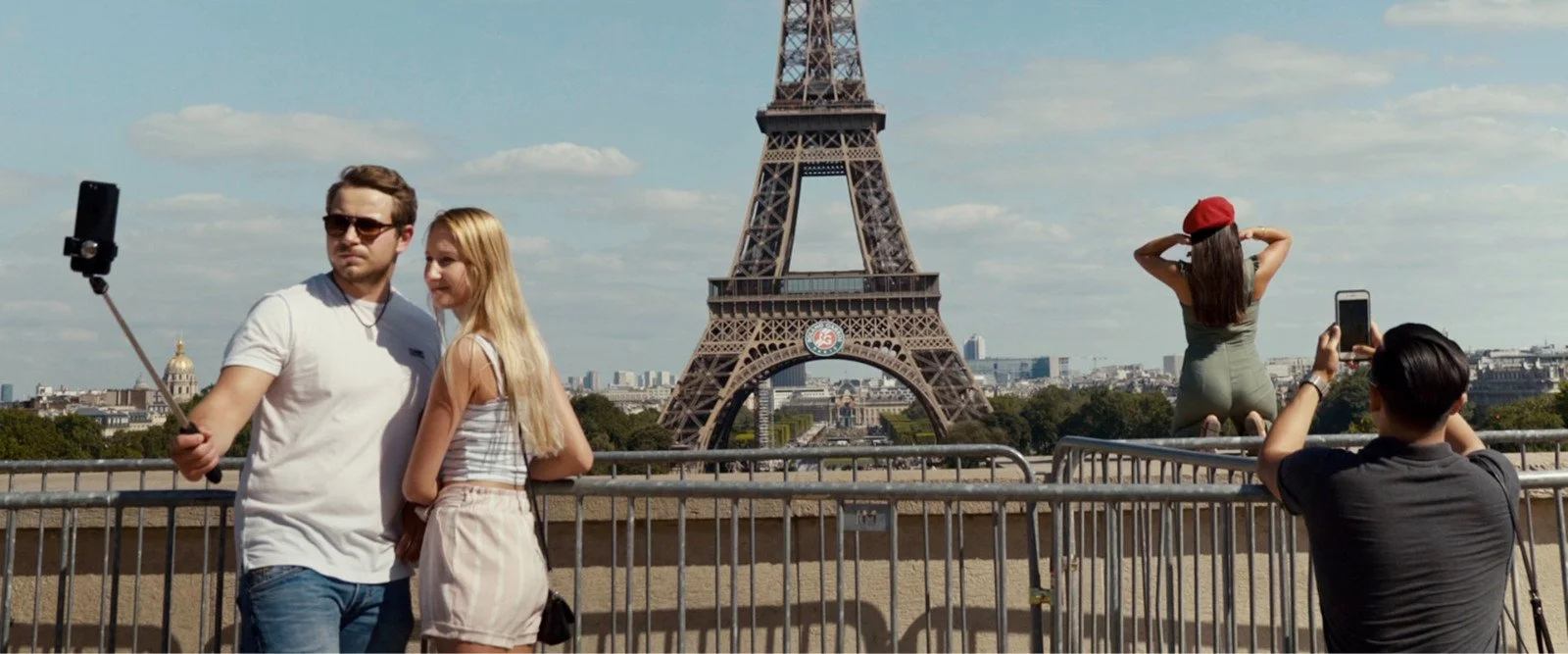The Last Tourist: Grim Doc Exposes the Massive Downsides of Easy Global Travel
By Kim Hughes
Rating: B
One of the most distressing aspects of director Tyson Sadler’s no holds-barred documentary The Last Tourist, which chronicles the ravages of modern tourism on the planet and its beings, is that Western viewers are certain to see themselves mirrored by the subjects depicted here, snapping pictures amid the beautiful, earthly “places being loved to death.”
We are who this film is talking about. And attempting to talk to. It’s a vexing realization, especially post-COVID as many of us long to travel farther and wider than ever before. Though as the film makes clear, travel itself is not the problem. It’s the way we travel, the sheer numbers in which we now do it and, of course, the race for profits among operators with little regard for the nations, many of them developing, they are exploiting.
The Last Tourist hurls statistics at a dazzling rate: there were on average 25 million international trips per year taken in the 1950s. Today, it’s more like 1.3 billion. One in 10 jobs globally is connected to travel and tourism which brings $8.8 trillion to the global economy. Yet only 14 percent of dollars spent in a visited country stay in that country. And it happens everywhere, from Thailand to Ecuador, Kenya to Mexico.
But the film hits hardest with its dire images: juvenile elephants being savagely beaten into submission, so they’ll later pose for pictures with tourists. Travellers volunteering in overseas orphanages (framed colloquially as “voluntourism”) and bonding with vulnerable children only to leave them behind. Heaps of garbage piled on beaches. Knuckleheads defacing delicate sites. Hulking cruise ships darkening ports and leaving nothing behind except environmental degradation.
The films posits that three key factors have revolutionized the way people travel and wrought this destruction: the rise of the middle class, the equalizing effect of the internet (which also drives prices down), and the rise of social media which, for many, makes snapping something Instagrammable more coveted than gently observing a new place. Which breeds terminal, harmful indifference.
Ancillary things, too, darken the otherwise rosy holiday-away picture. As the film notes, we tend to eat and shower more on holiday, and are less committed to usual routines of conservation. The many speakers in the film — from primatologist Jane Goodall to Bruce Poon Tip, founder of G Adventures — describe scenarios that are unspeakably grim for local people, ecosystems, and wildlife. But if we are the source of the problem, we might also be the solution, by voting with our wallets.
Ironically, as the film shows, while the advent of COVID and the ensuing drop in global tourism let the planet breathe for the first time in a long time as planes were grounded, struggling tourist-dependant nations fell even further into poverty.
There are some positives. We meet enterprising Peruvian women working with tour operators to divert travellers headed to Machu Picchu to their village to purchase beautiful hand-woven textiles. And we are sent on our way with tangible ideas on how to be better travellers: research, tip generously, ask tour operators how they give back to local communities, imagine how travel could be a means of wealth redistribution.
It’s a tough slog, this film, partly because it delivers its arguments with a sledgehammer, and partly because we know what it’s saying is true. “The key issue isn’t how we stop travel,” a commentator offers near the end. “It’s how do we get travel right.”
Never, ever posing for pictures with wild animals would be an excellent start.
The Last Tourist. Directed by Tyson Sadler. With Jane Goodall and Bruce Poon Tip. Opens in select theatres (including Toronto’s Hot Docs Ted Rogers Cinema) April 1.


